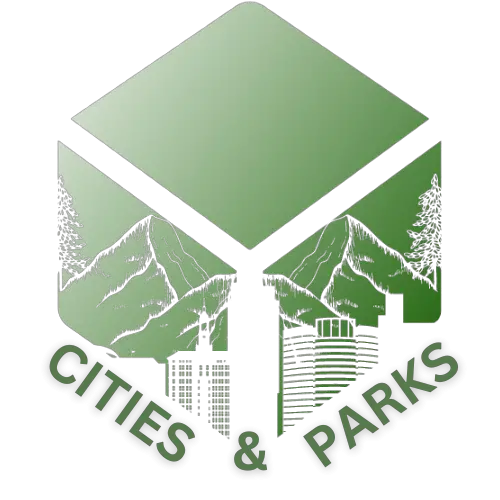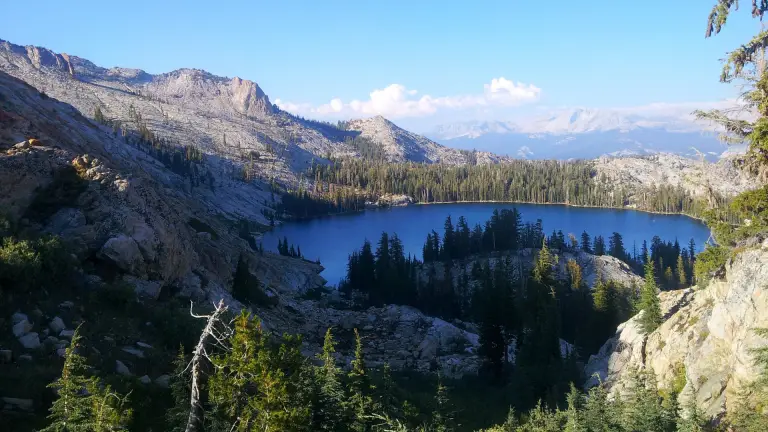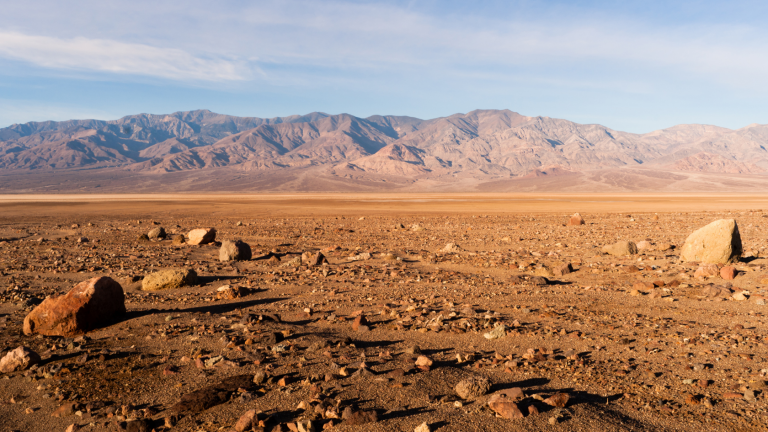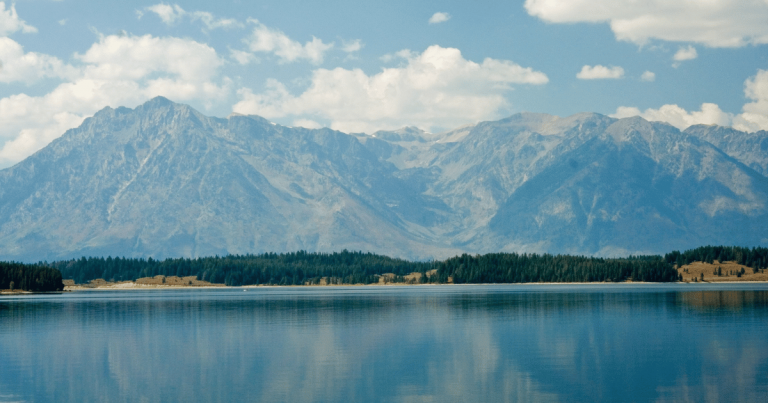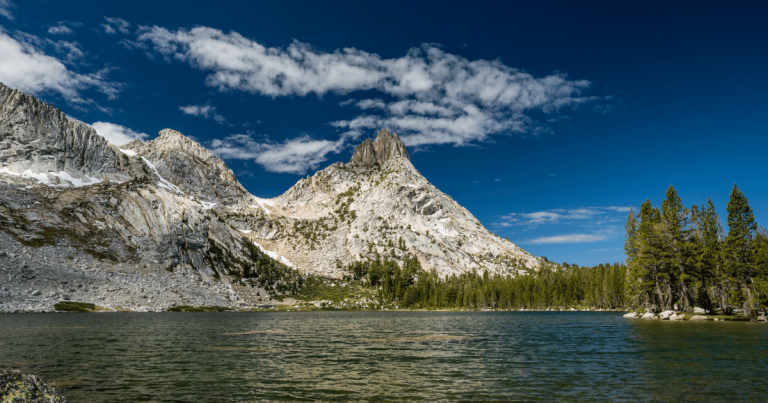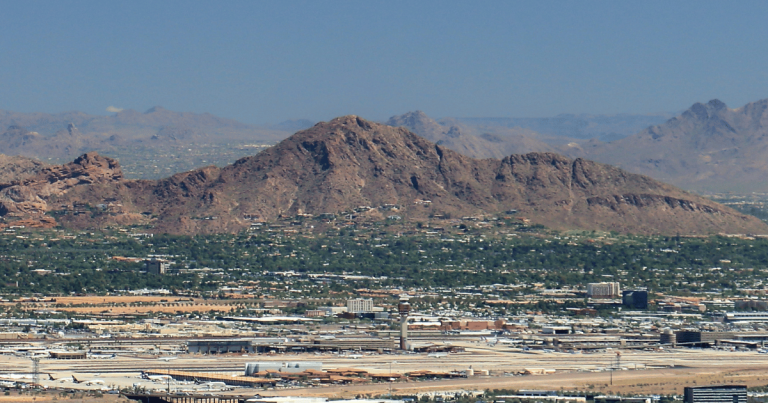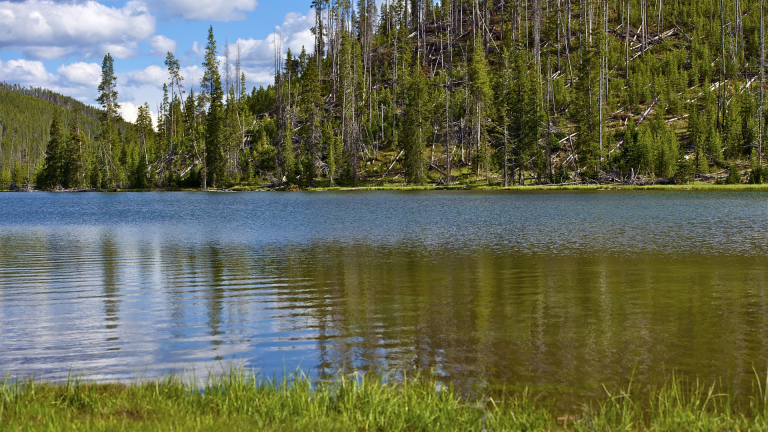Sequoia National Park vs Sequoia National Forest: Your Choice
Nestled in the heart of California, you’ll find two nature wonders with striking resemblances yet distinct identities: Sequoia National Park and Sequoia National Forest. Often confused due to their similar names and the grandeur of the giant sequoias they house, each offers unique experiences to nature aficionados. Whether you’re seeking awe-inspiring giant sequoias, pristine wilderness, or unique recreational opportunities, understanding the nuances of Sequoia National Park vs Sequoia National Forest is the key to unlocking an unparalleled outdoor experience.
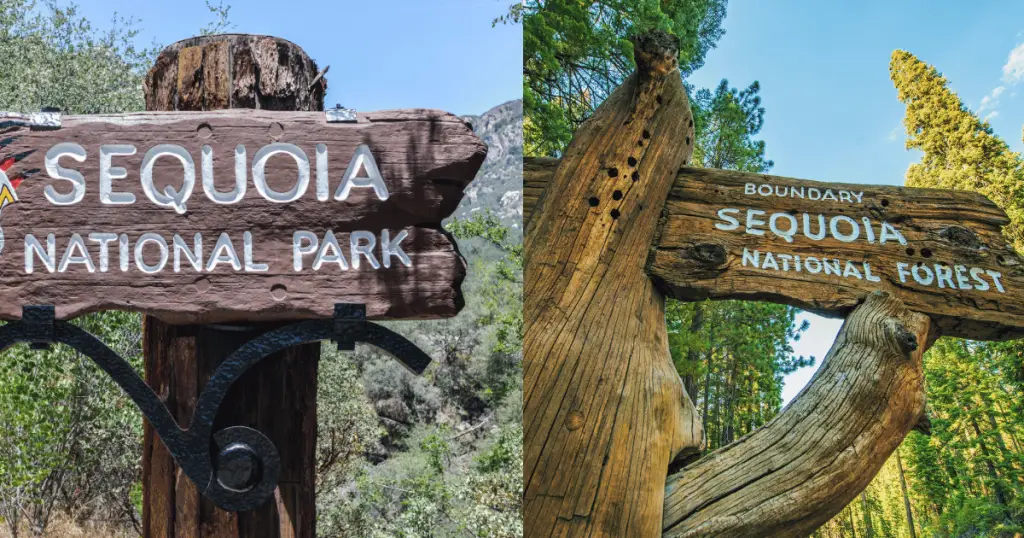
Size and Location: Sequoia National Park vs Sequoia National Forest
Covering an area of over 404,064 acres, Sequoia National Park is located in the southern Sierra Nevada east of Visalia, California. Renowned for its dramatic landscape, it boasts the highest point in the contiguous 48 states, Mount Whitney.
On the other hand, Sequoia National Forest spans a much larger region, encompassing 1,193,315 acres. It lies just south of the Sierra Nevada and extends along the eastern side of the central California region. Although it shares a border with its park counterpart, its range is more vast, offering extensive landscapes for exploration.
Human History and Indigenous Perspectives: Sequoia National Park vs Sequoia National Forest
The Sequoia region’s human history dates back thousands of years, with indigenous communities shaping its cultural and natural heritage. Sequoia National Park and Sequoia National Forest stand as a testament to these historical narratives and indigenous perspectives.
In the heart of Sequoia National Park, evidence of the Monache (Western Mono) tribe’s habitation can be traced back to prehistoric times. This tribe held a profound connection with the land, relying on Sequoia’s diverse ecosystems for sustenance and spiritual nourishment. The park’s management today recognizes this deep-rooted cultural significance, undertaking preservation efforts to protect indigenous sites and practices.
Sequoia National Forest, home to a sizable portion of the Giant Sequoia National Monument, showcases a rich indigenous history. Primarily, the Yokuts people inhabited this area, living harmoniously with the land. The forest’s giant sequoias held a sacred significance for the Yokuts people, symbolizing endurance and resilience.

Geological Wonders: Sequoia National Park vs Sequoia National Forest
Both Sequoia National Park and Sequoia National Forest boast a variety of mesmerizing geological features that serve as a testament to their unique landscapes.
Sequoia National Park is home to the world’s largest tree, General Sherman, a giant sequoia standing at a staggering 275 feet tall with a 36 foot diameter at the base. Its dramatic landscape, formed by a combination of glacial activity and plate tectonics, features distinct rock formations mainly comprised of granitic and metamorphic rocks, including the famous Moro Rock, a granite dome rock formation that offers a breathtaking panoramic view of the park. The park’s landscape is also punctuated by deep canyons, rugged foothills, and more than 200 marble caves, adding layers to its geological diversity.
Sequoia National Forest, on the other hand, is home to one of the world’s largest sequoia groves, the Trail of 100 Giants, delivering an awe-inspiring spectacle of nature’s grandeur. The forest’s landscape showcases a gamut of geological features, including metamorphic rocks, limestone caves, and volcanic remnants, a result of a complex geological history involving tectonic and volcanic activities. Its distinctive Dome Rock, a large granite monolith, is a popular attraction for rock climbing and sightseeing. The forest also encompasses a part of Kern Plateau, a flat, elevated area recognized for its unique granite formations and wildflower displays.
Ecosystem Contrasts: Flora and Fauna in Sequoia National Park vs Sequoia National Forest
Despite sharing a name and a predilection for towering sequoias, Sequoia National Park and Sequoia National Forest support distinct ecosystems teeming with a diverse array of flora and fauna.
Sequoia National Park, a refuge for over 1,200 species of plants, is characterized by its montane forest and alpine tundra ecosystems. Prominent vegetation aside from the iconic sequoias includes chaparral and oak woodland at lower elevations, and lodgepole pines, red fir, and whitebark pines at higher altitudes. The park is home to a variety of mammals like black bears, mule deer, and bighorn sheep, as well as over 260 species of birds, including the rare Great Grey Owl.
Sequoia National Forest, in contrast, encompasses a greater diversity of ecosystems, ranging from chaparral and oak woodland at lower elevations, to subalpine forests and alpine tundra at its highest elevations. Here, you’ll find Ponderosa pines, Jeffrey pines, and White fir trees, in addition to the giant sequoias. The forest is particularly noted for its rich biodiversity, with habitats supporting a variety of wildlife, from mule deer, black bears, and mountain lions, to over 200 species of birds, including the endangered California condor.

Recreation and Activities: Park Adventures vs Forest Explorations
Sequoia National Park and Sequoia National Forest both offer an array of recreational opportunities, but each site has its unique attractions and activities that cater to different kinds of outdoor enthusiasts.
Sequoia National Park is a paradise for hikers. With over 800 miles of trails, ranging from easy walks to strenuous multi-day hikes, it offers routes for every level of fitness and experience. The Congress Trail, a 2-mile loop passing by the General Sherman Tree, is among the most popular. The park also offers guided walks and interpretive programs that educate visitors about the park’s natural and cultural history. Camping is another favorite in the park, with 14 campgrounds scattered across its vast expanse. However, fishing is limited as many of the park’s bodies of water are located in high elevations with cold water temperatures, supporting only a small variety of fish species.
On the other hand, Sequoia National Forest is a haven for multi-sport adventurers. Apart from the usual hiking and camping, it offers more diverse activities like fishing, mountain biking, horseback riding, and cross-country skiing. Its numerous rivers, lakes, and streams teem with trout, making it a popular spot for fishing. The forest has a wide range of campgrounds, from developed sites with full amenities to primitive camping areas in its wilderness lands. Additionally, its open meadows and expansive wilderness make it an excellent location for wildlife viewing, with the possibility of spotting mountain lions, black bears, and even the rare California condor.
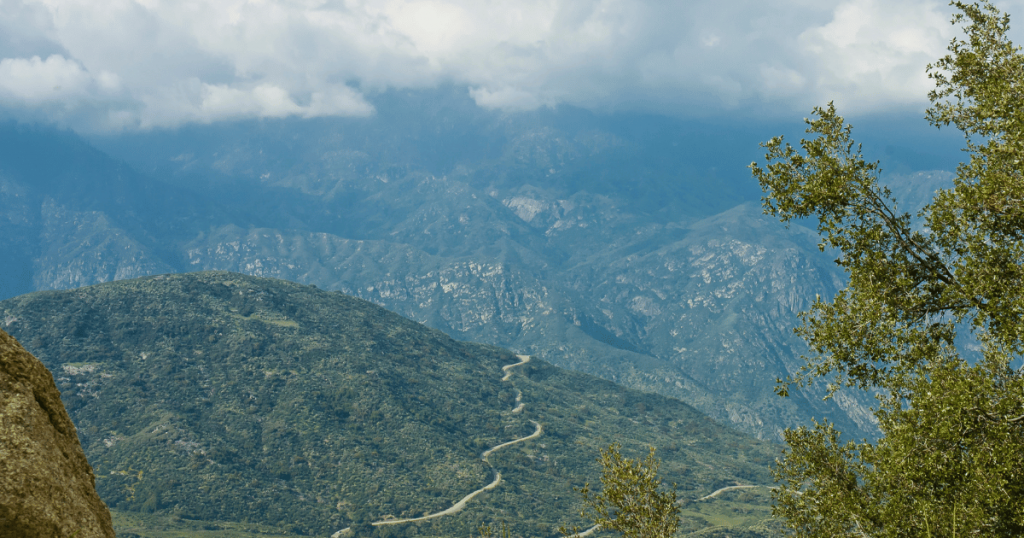
Seasonal Variances: Exploring the Park and Forest Throughout the Year
The seasonal dynamics of Sequoia National Park and Sequoia National Forest significantly influence the visitor experience and accentuate the areas’ inherent beauty and diversity.
In spring, both the park and the forest transform into a vibrant spectacle of life, as wildflowers bloom and the wildlife awakens from winter slumber. The weather is generally mild, making it ideal for hiking and wildlife viewing.
Summer heralds the peak visiting season in both the park and the forest. The days are warm and sunny, and all trails and facilities are typically accessible. This is the best time for camping, fishing, and exploring the high-country trails. However, it’s also the busiest time, and visitors should expect crowded trails and campgrounds.
As fall descends, the crowds thin out, and a sense of tranquility pervades the park and forest. The weather remains favorable for most outdoor activities, and the changing foliage creates a stunning palette of colors. Wildlife viewing can be particularly rewarding during this time, as many animals are actively preparing for winter.
Winter in the park and forest presents a unique, serene beauty, as snow blankets the landscapes. Many roads and trails become inaccessible due to snow, but the opportunity for winter sports like cross-country skiing or snowshoeing arises. Visitors should be prepared for cold temperatures and potential road closures during this season.
Admission Fees: Sequoia National Park vs Sequoia National Forest
Sequoia National Park implements an entrance fee. As of recent updates, a private vehicle pass costs $35 and is valid for seven consecutive days. Individuals entering by foot, bicycle, or motorcycle are charged $20 per person. An annual pass, which provides unlimited entry for 12 months, is available for $70.
On the other hand, Sequoia National Forest generally does not charge an entrance fee, allowing visitors to explore its vast expanses freely. However, certain special areas and activities might require a fee or permit.
Final Thoughts
Sequoia National Park and Sequoia National Forest offer unique and enriching experiences to nature enthusiasts and adventurers alike. While the park is renowned for its breathtaking hikes and educational programs, the forest captivates with its biodiversity and array of outdoor activities. Seasonal changes offer distinct charms and challenges, and the cost of exploration varies between the two. Whichever you choose to visit, both promise unforgettable encounters with nature’s grandeur.
